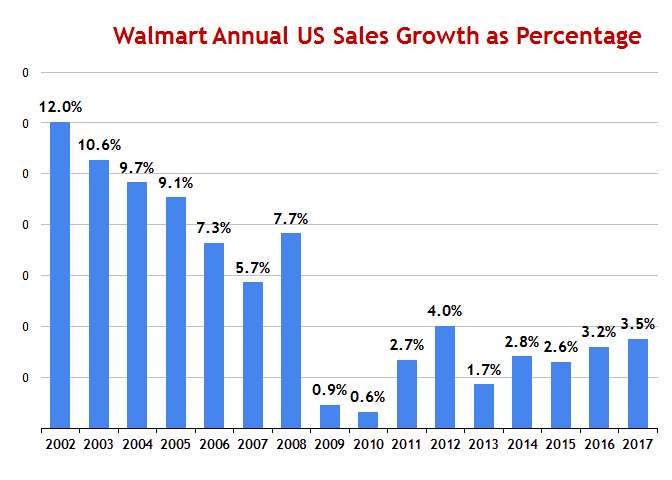Amazon has Blow Out Q2
$52.8 billion - that was Amazon's incredible revenue number for Q2, up 39% year over year, according to the company's earnings release.
Amazon is also finally starting to make some money, with Q2 profits of $2.53 billion, making it three straight quarters of profits over $1 billion, and extending Amazon's profitability streak across three years.
Supply Chain Digest Says... |
 |
| The tariffs, as announced, hit a range of consumer products, including luggage, handbags, baseball gloves, furniture, apparel, mattresses, electric lamps and components in telephones and flat panel displays. |
 |
|
|
No longer is Amazon known for suffering losses or producing razor-thin income by plowing every dollar it makes back into investments such as fulfillment centers.
However, about two-thirds of Amazon's Q2 operating profit came from its web services division. The web site SeekingAlpha estimates Amazon's on-line retail reak evebusiness remaims about breakeven.
Walmart's Share of US Retail Sales olds Steady
Not all that many years ago, there were concerns about Walmart gobbling a giant, monopolistic share of the US retail market. That fear has simply faded.
With the recent very modest sales growth, Walmart's share of US retail has flatlined.
SCDigest developed a methodology several years ago, where we compare Walmart's US sales versus relevant US retail figures - total retail minus autos and parts, gas station and other fuel sales, and restaurants/bars.
It's not quite perfect because Yes Walmart does sell some gasoline, but it doesn't break that number out in a way we can use. Nevertheless, what we have is pretty good - and does reflect a higher share of US retail for Walmart than if you do not exclude those categories, which is how it is usually reported.
By our measure, Walmart had an 11.1% of US retail sales in 2017, basically flat over the past 5 years, and down from a peak of 12% in 2009. It simply does not appear any more that Walmart will take over the retail industry.
While Walmart is an incredible giant, its growth has slowed dramatically in recent years- though back now on something now on an uptick, driven in part by the strong US economy. As can be seen in the chart nearby, Walmart's US sales grew very rapidly in the beginning years of the 2000s, primarily by adding new superstores carrying groceries at a rapid pace into new markets.
But that growth soon decelerated, and in the recession year of 2009 started a pattern of mostly very low growth (2012 exception) that is not much above inflation on average, meaning real growth was almost flat or up a percent or so at best. But the news is better in the past two years.

Total Walmart US sales (Walmart US + Sam's Club) reached $377.7 billion last year, about double the $188 billion the company had in 2002, but the pace of that growth has obviously slowed substantially down. The Cumulative Average Growth Rate (CAGR) has averaged 4.77% since 2002, but has slowed to 2.87% since 2010.
Visit the Retail Vendor Performance Management home page to learn more
and subscribe to the monthly newsletter.
Tariffs Threaten Retailers' Inventory Discipline
President Donald Trump has threatened to put tariffs on $200 billion worth of Chinese imports. That means retailers have a tough choice - order early for the Christmas season to beat the penalties, which the White House says won't take effect for at least two months, and run the risk of ending up with excess inventory. Or they can wait and risk paying the higher costs if the tariffs do go through.
This dilemma comes after a 2017 that saw department stores and other retailers to delay releasing POs until later and later in the season.
The tariffs, as announced, hit a range of consumer products, including luggage, handbags, baseball gloves, furniture, apparel, mattresses, electric lamps and components in telephones and flat panel displays.
Many companies have tried to tamp down anxiety by saying they have been reducing their exposure to China anyway. But they can only shift so much production, especially on short notice. Restoration Hardware, for example, has said 35% of its products are sourced from China, according to the Wall Street Journal.
It's too late for the most part to change sourcing strategies in the face of the tariffs for 2018.
It is certainly hard to imagine it happening in time for the holiday-order rush. Retailers appear to be placing orders early to get them through customs before tariffs hit. "Shippers are definitely shipping early to beat the tariffs," says an Asia-based shipping-industry executive.
But that carries risks, such as excess inventories. That would bring back bad memories of 2015 and 2016, when too many unsold goods forced them to offer steep discounts during the holiday season, hurting profits.
Your Comments/Feedback
|